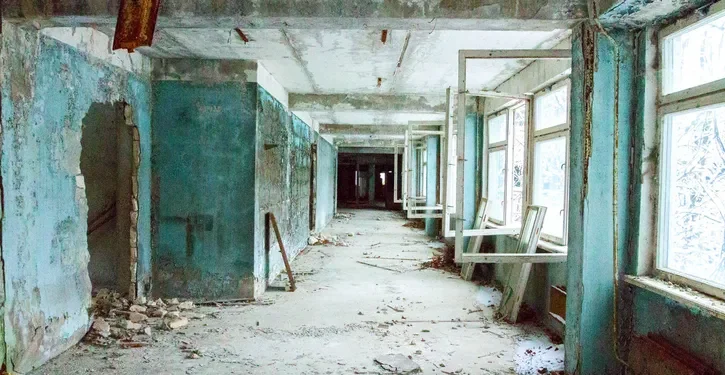On April 26, 1986, the world witnessed one of the most catastrophic nuclear accidents in history: the Chernobyl disaster. Located in present-day Ukraine, the Chernobyl Nuclear Power Plant suffered a reactor explosion that released a massive amount of radioactive material into the atmosphere. The aftermath of the disaster left a lasting impact on the environment, public health, and perceptions of nuclear energy.
The immediate consequences of the Chernobyl accident were dire. The explosion and subsequent fires released a plume of radioactive particles into the air, contaminating vast areas of Ukraine, Belarus, Russia, and beyond. The nearby town of Pripyat was evacuated, and a 30-kilometer exclusion zone was established around the reactor, which remains largely uninhabitable to this day.
The human toll of the disaster was profound. Emergency responders, plant workers, and nearby residents were exposed to high levels of radiation, resulting in acute radiation sickness, long-term health problems, and premature deaths. The true extent of the health effects caused by the Chernobyl disaster is still a subject of debate, with estimates of the death toll ranging from thousands to tens of thousands.
In addition to its immediate impact on human health, the Chernobyl disaster had far-reaching environmental consequences. The release of radioactive material contaminated soil, water, and wildlife in the surrounding areas, leading to long-term ecological damage. The effects of radiation on flora and fauna persisted for years, disrupting ecosystems and causing mutations in plant and animal species.
The Chernobyl disaster also had profound socio-political implications. It shattered illusions of the safety and reliability of nuclear energy, prompting a reevaluation of nuclear policies and regulations worldwide. It fueled anti-nuclear sentiment and inspired calls for greater transparency, accountability, and safety measures within the nuclear industry.
In the decades since the Chernobyl disaster, efforts have been made to mitigate its effects and prevent similar incidents from occurring in the future. The construction of a sarcophagus, known as the New Safe Confinement, was completed in 2016 to contain the remains of the damaged reactor and prevent further release of radioactive material. Ongoing monitoring and decontamination efforts continue to address the environmental and health risks posed by the Chernobyl site.
The Chernobyl disaster serves as a sobering reminder of the potential consequences of nuclear accidents and the importance of rigorous safety standards in the operation of nuclear facilities. It has spurred advancements in nuclear safety technology and prompted greater international cooperation in nuclear emergency preparedness and response.
While the Chernobyl disaster remains a tragic chapter in human history, it also serves as a cautionary tale of the dangers inherent in nuclear energy and the imperative of prioritizing safety in all aspects of its use. As we reflect on the legacy of Chernobyl, we are reminded of the ongoing responsibility to safeguard against nuclear accidents and to pursue sustainable energy solutions that prioritize both human safety and environmental protection.
newshub











Recent Comments